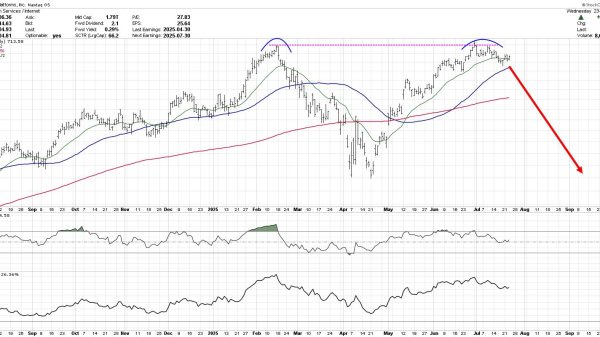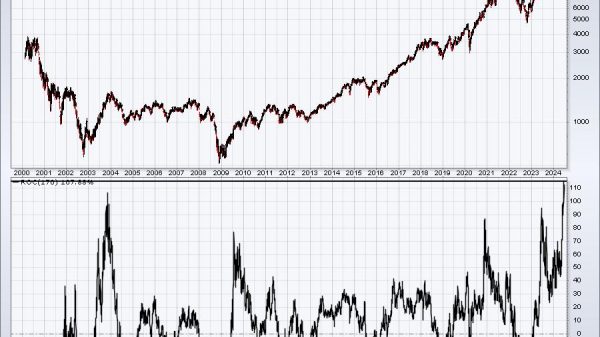For years, IT and OT operated like neighbors who never made eye contact. On one side, IT teams handled data, analytics, cloud systems, and cybersecurity. On the other, OT teams were deep in the trenches—managing machinery, sensors, and industrial control systems. Both crucial, both capable. But rarely in sync.
That old divide doesn’t hold up anymore. The Internet of Things (IoT) is changing how industrial systems work—from smart factories and energy grids to logistics and utilities. Everything is becoming more connected. And with that connection comes complexity.
You now have machines on the floor generating real-time data that needs to be processed, interpreted, and acted upon—often by systems outside of the traditional OT domain. That’s where the convergence of IT and OT becomes not just important, but urgent.
To make it work, there needs to be a common language. Enter workflow automation.
Automation is how you get everyone on the same page
Workflow automation is more than a technical add-on. It’s the connective tissue between IT and OT systems. Think of it as the backstage crew that makes sure data goes where it needs to, triggers the right response, and keeps operations humming—without the constant hand-holding.
Say a sensor detects a temperature spike in a critical component. An automated workflow can flag that data, route it to a cloud dashboard, notify the maintenance team, and even start a shutdown protocol if needed. No one’s scrambling. No one’s guessing.
This isn’t about replacing people. It’s about making the systems smarter so the people can focus on what matters. And in high-stakes environments—factories, power plants, transportation hubs—that kind of clarity isn’t a nice-to-have. It’s essential.
Why IT/OT convergence often stalls—and how automation unblocks it
The reality is that IT and OT were built for different goals. IT focuses on scalability, flexibility, and data access. OT is all about control, precision, and uptime. Marrying the two often means dealing with clunky integrations, mismatched protocols, and organizational silos.
That’s where workflow automation proves its worth. It doesn’t force systems to change how they operate. Instead, it acts like a translator—bridging differences and automating the interactions. It handles routine handoffs between platforms, so the teams don’t have to.
You can design automated workflows to monitor machine status, initiate quality checks, or sync production logs with enterprise software. These aren’t just operational upgrades—they’re strategic advantages. You get faster response times, fewer errors, and a real-time view of how things are actually performing.
Real-time matters—especially in industrial IoT
Timing is everything. In the industrial world, seconds can mean the difference between a minor issue and a major disruption. With IoT systems constantly pushing data from the edge—whether it’s a sensor in a bottling plant or a smart valve in a utility pipeline—decisions need to be made fast.
Automated workflows cut the delay. They ensure that data flows from OT to IT, gets analyzed quickly, and triggers a decision—often without needing to pass through five layers of human review. That’s not just efficient. It’s smart risk management.
And it scales. As operations grow more complex and IoT deployments increase, the only sustainable way to manage the load is with automation that’s built to adapt.
Security, compliance, and the benefit of consistency
Of course, more integration also means more exposure. Every connected device or process introduces new risk. That’s another reason automation plays a pivotal role—it can be designed to enforce rules, log every action, and respond instantly when things go wrong.
Need to isolate a compromised system? An automated workflow can handle it. Want to make sure only certain users can trigger high-risk actions? You can set that up. And with clear logs and consistent behavior, audits and compliance checks become less of a nightmare.
It’s a layer of control that works quietly in the background, reducing both operational and reputational risk.
Looking ahead: automation as strategy, not support
As more industries modernize their infrastructure, the conversation is shifting. IT/OT convergence is no longer a technical ambition. It’s a business requirement. And workflow automation is the practical way to make it happen.
This isn’t about flashy tech demos. It’s about making sure the left hand knows what the right hand is doing—across departments, systems, and processes. The businesses that get this right won’t just avoid disruption. They’ll move faster, operate smarter, and compete better.
In short: the future belongs to those who can unify. And automation is how you start.
The post Bridging IT and OT in IoT: The Role of Workflow Automation in Unifying Operations appeared first on IoT Business News.























